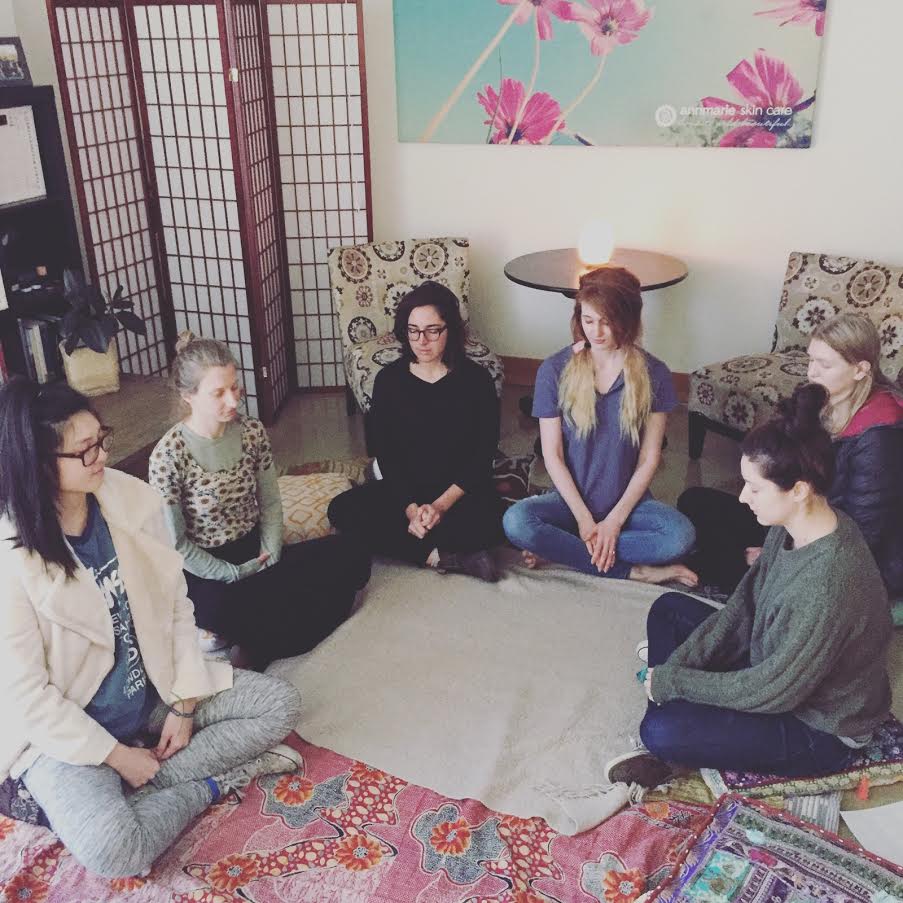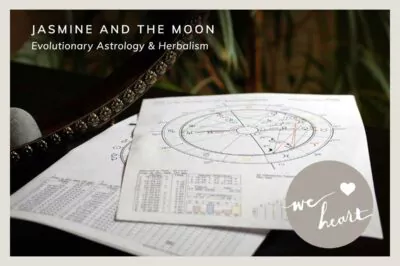Table of Contents[Hide][Show]
- 1. Don’t: Judge yourself for thinking. Do: Remind yourself that thoughts are not the enemy of meditation
- 2. Don’t: Assume that you should already know how to meditate. Do: Find a teacher that you love.
- 3. Don’t: Label your meditations as ‘good’ or ‘bad.’ Do: Notice how you’re performing in life.
- 4. Don’t: Strive for perfection. Do: Celebrate your successes.
- 5. Don’t: Forget to schedule it. Do: Make your practice non-negotiable.
By Emily Fletcher, Founder, Ziva Meditation
Meditation is having its day in the sun. Almost every week there is a new scientific study released singing its praises. It even reverses your body age by 8-15 years. Talk about a skin care hack!
As a meditation teacher, I have taught over 5,000 students in-person and online at Ziva Meditation, where we are all about meditation for better performance.
After all, no one cares how good you are at meditation but everyone cares how good you are at life. Many of our students experience deeper, more refreshing sleep which leads to more energy during the day and less stress and anxiety overall. Many others notice that they feel more connected to their intuition and more compassionate, which leads to better relationships — and even better sex. No wonder everyone wants a piece of this pie!
So much of my job involves helping students unlearn what they have heard about meditating. You wouldn’t believe how many times I’ve heard “Emily, I can’t meditate… I can’t stop my mind from thinking!”
If you have ever said this out loud or to yourself keep reading, you are not alone, you are not a failure and you can 100% meditate. You just need a bit of training, a good teacher, and an open mind.
Let’s dive into some simple do’s and don’ts of meditation, clear up common misconceptions, and get you inspired to find a teacher you love.
1. Don’t: Judge yourself for thinking. Do: Remind yourself that thoughts are not the enemy of meditation
Thoughts are not the enemy of meditation, effort is. Hands down the number one misconception about meditation is that the point is to “clear your mind”.
Here’s the news: the mind thinks involuntarily, just like the heart beats involuntarily. This is why most people think they “can’t” meditate. Because they heard someone say on Youtube or in a yoga class to ‘clear your mind’. It is 100% impossible to give your mind a command to be silent. See if you can give your heart a command to stop beating, go ahead, try it. Silly right? And yet this is the criteria by which most people are judging themselves. It is the nature of the mind to think.
“I used to think, ‘I can’t ever quiet my mind, how can I learn to meditate?’ After the Ziva course I know that even if I am having thoughts, it is still working. Now it is a part of my daily ritual and people have noticed a change: they say, ‘you look so radiant!’” —Jenna Dewan-Tatum, Actress in Supergirl & Witches of East End
2. Don’t: Assume that you should already know how to meditate. Do: Find a teacher that you love.
There is so much information about meditation floating around these days and a lot of it seems to conflict. This happens because there are thousands of different styles of meditation but most of them fall under one of two umbrellas. Meditation for monks and meditation for people with busy minds and busy lives. Mindfulness, or any kind of guided meditation, is usually derivative of monastic styles and require much more focus and concentration. People who live in society with jobs and kids and stuff to do can find these styles challenging (mostly because they are judging the thoughts as bad* see #1). What we teach at Ziva is based on an ancient practice that was designed specifically for people with busy minds and busy lives. It is more about deep rest, letting go, and making you better at life, not take you away from it.
The best thing to do is find a style of meditation that makes sense with your life and a teacher that inspires you. Let them serve as a beautiful guide.
3. Don’t: Label your meditations as ‘good’ or ‘bad.’ Do: Notice how you’re performing in life.
Again, we don’t meditate to get good at meditation; we meditate to get good at life. Sometimes you will have a busy, thought-filled mediation, and sometimes you will swear you were dozing off in the middle. It’s all good, and perfectly normal.
This is why it is so important to have guidance on your meditation journey. A good teacher will be able to help you know if you are actually falling asleep, they will also be able to give you a technique to move towards instead of moving away from the involuntary thoughts.
4. Don’t: Strive for perfection. Do: Celebrate your successes.
You’re already ahead of the game, simply by deciding to take the time to learn this new skill. If you’re on this planet you’re human, which means you are learning lessons and up-leveling all the while. So, instead of letting perfect be the goal (which will always leave us feel like we are failing) what if you start to celebrate your successes?
Don’t let perfect be the enemy of good. Just do it. Once you know the lines you can color inside of, the key is consistency. None of us will do anything for very long if we feel like we are failing so make sure you take some time after each meditation to give yourself an internal high 5 for simply getting to the chair.
After all, you can’t build on top of success you don’t acknowledge.
5. Don’t: Forget to schedule it. Do: Make your practice non-negotiable.
We all think we are the busiest person in the land. But if you take a few minutes to come into your body and into the present moment, there is plenty of research that shows how much more productive you will be on the other side. Tim Ferriss, author of 4-Hour Workweek and Tools of Titans, recently shared that 86% of his high-performing podcast guests attribute meditation and mental training as their most important daily habit.
Your brain is a muscle, and when you meditate you’re taking it to the gym. Like any muscle, your brain needs consistent exercise to get stronger. My recommendation is once you finish your meditation training schedule the next 18 days into your calendar. You don’t have to keep it at the exact time but carving out the space in your calendar is the not so secret secret to commitment.
The hardest part about a meditation practice is getting yourself into the chair. After that Ziva Meditation is all about letting go. This is quite different from most other styles of meditation. You cultivate the power of surrender. This gives your body deep rest. When you give your body the rest that it needs, it knows how to heal itself. One of the things it heals itself from is stress. The less stress you have in your body, the better able you are to perform at the top of your game (which is the whole point).
I hope this has inspired you to ditch your meditation-baggage and try something new. If you don’t yet have a meditation practice you love we would love to have you move through our online training called zivaMIND. It is only a few minutes a day for 8 consecutive days. Then you graduate with a powerful daily practice to take with you for life.

We are so happy to have the whole team at Annmarie meditating with us!
You’re well on your way to a new you! To learn how you can join our meditation circle, click here and follow the “get access” link. There, you’ll want to choose the one-time payment option to put in your case sensitive coupon code: Annmarie for $51 of the zivaMIND program.







